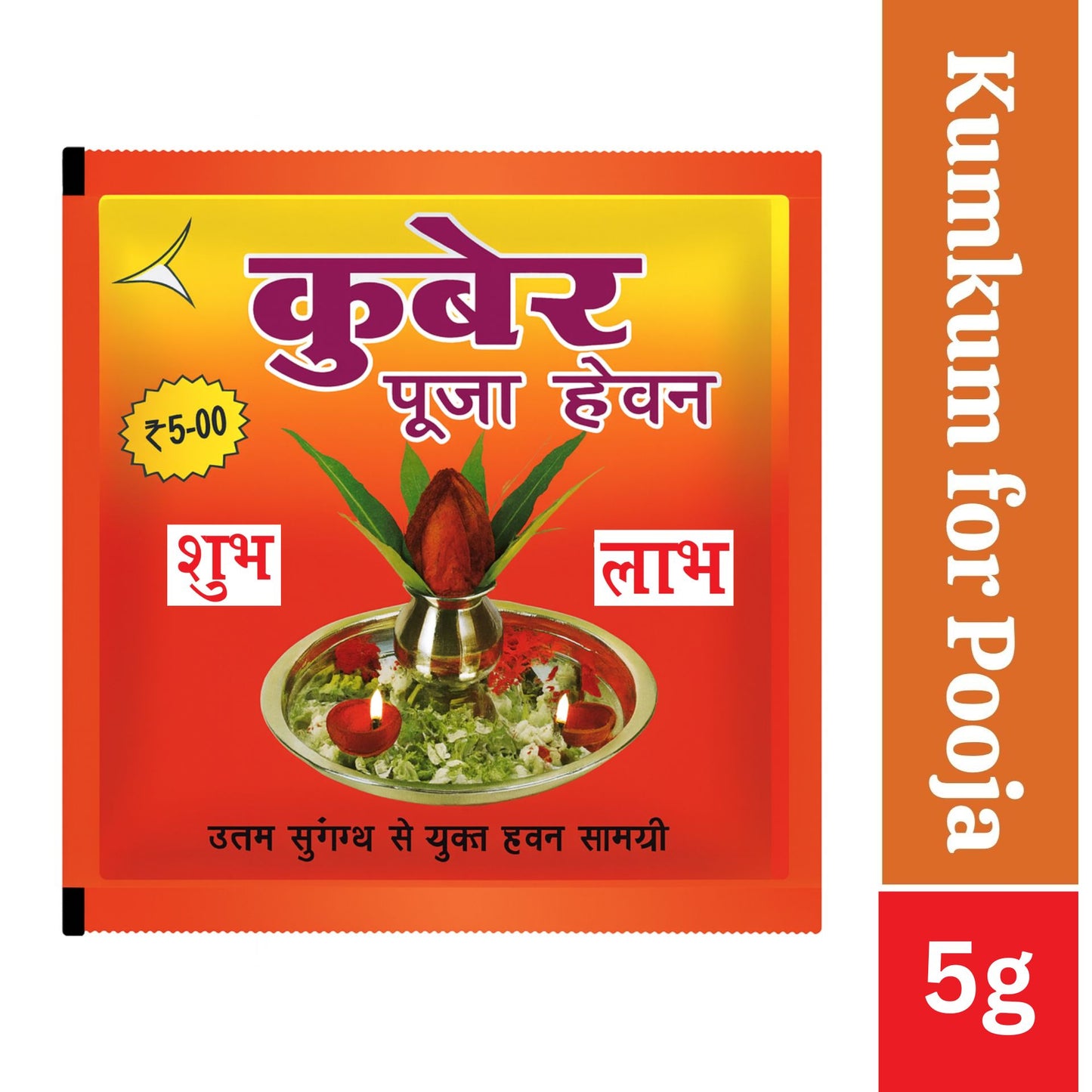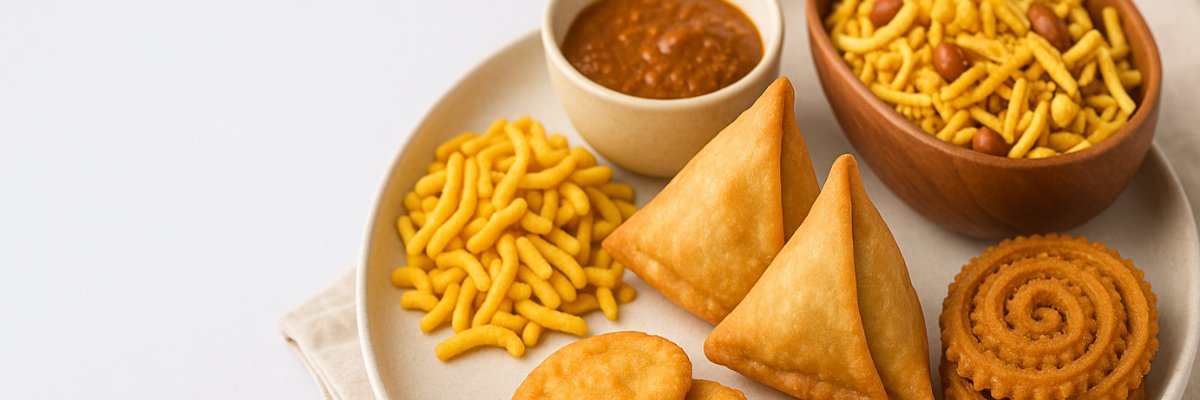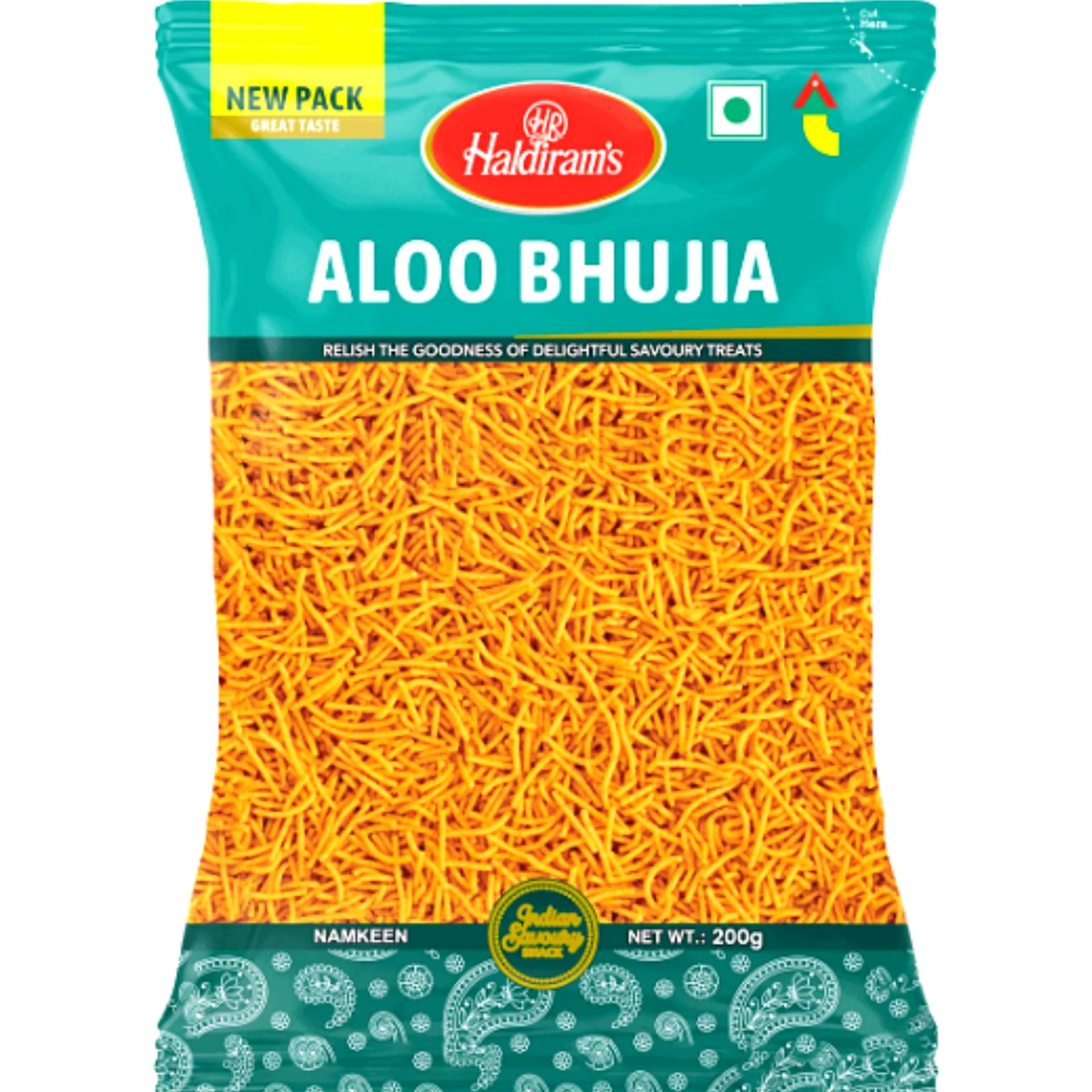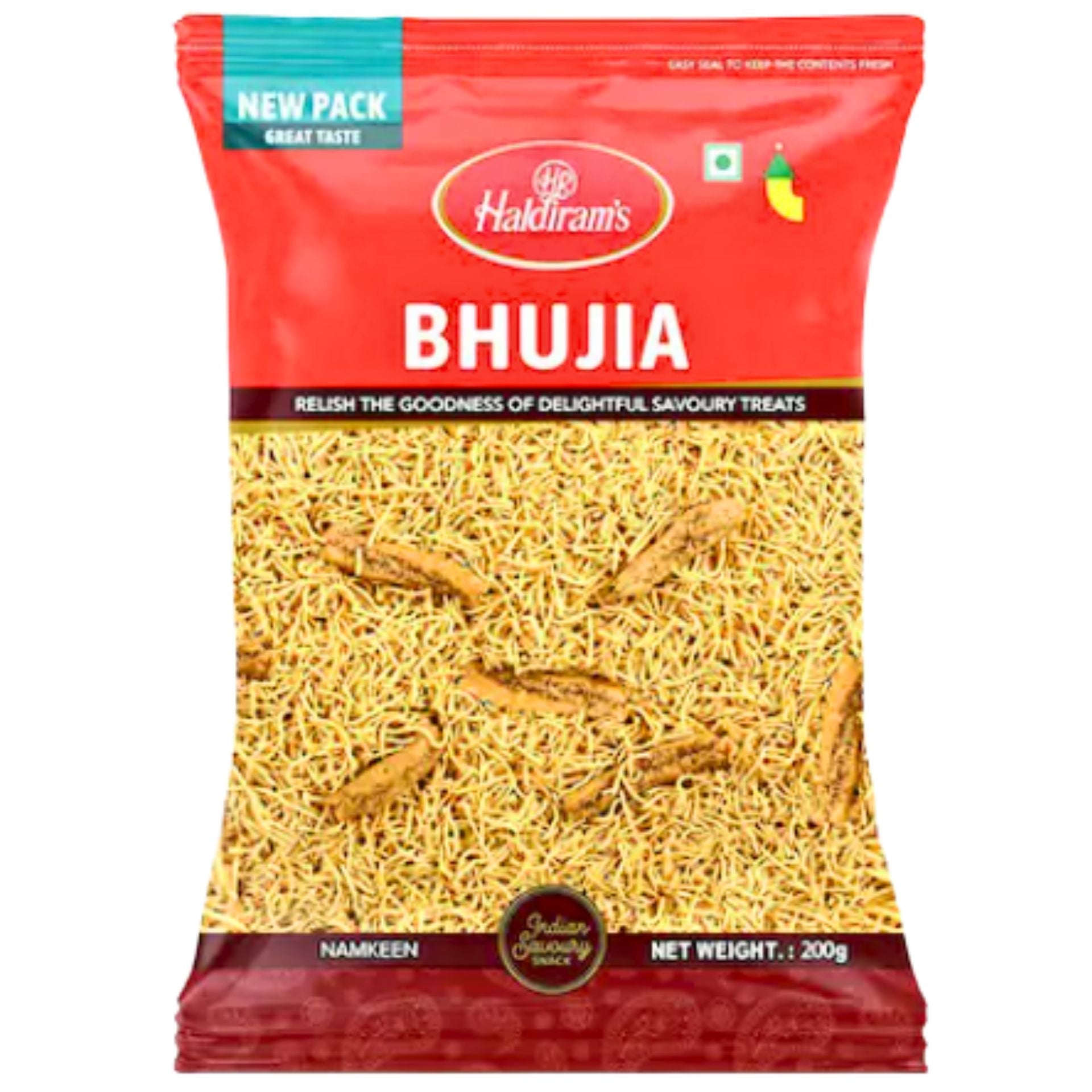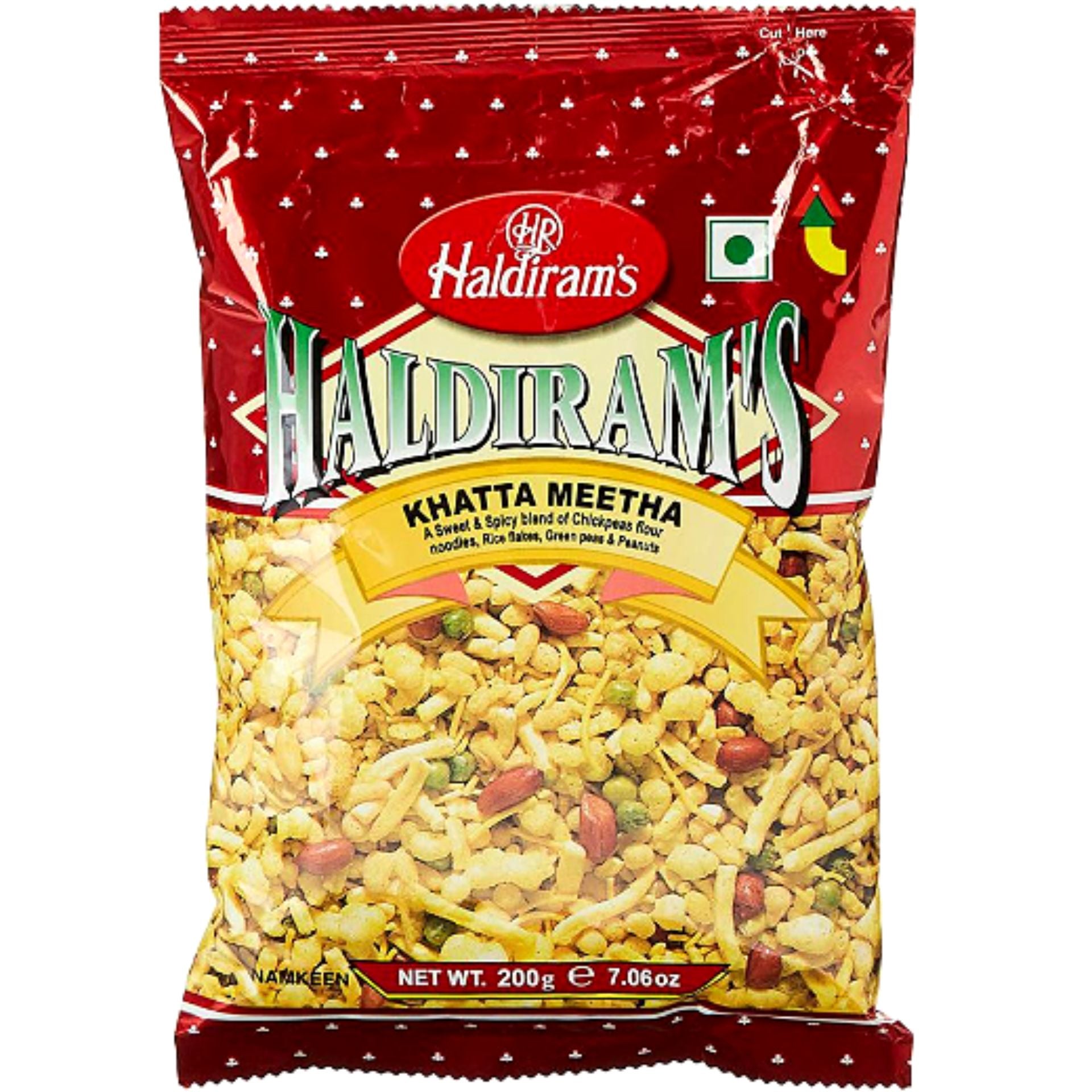1
/
of
1
Kumkum for Pooja 5g
Kumkum for Pooja 5g
Regular price
€0.50 EUR
Sale price
€0.50 EUR
Regular price
Unit price
/
per
Taxes included.
Couldn't load pickup availability
Description:
Red kumkum, also known as sindoor or vermillion, is a fine powder traditionally made from turmeric treated with slaked lime, or from a mixture of turmeric and alum or other pigments. It has a bright red color and holds significant spiritual significance in Hindu rituals.
Importance in Pooja:
- Symbol of purity and auspiciousness: Red Kumkum symbolizes purity, positivity, and auspiciousness. Its bright red color is linked to energy, vitality, and the divine feminine.
- Sign of Honor and Respect: In Hindu culture, applying kumkum to the forehead or giving it to guests symbolizes respect and honor. It is a gesture of welcome and blessing.
- Connection to the Divine Feminine (Shakti): Kumkum is strongly associated with the Goddess Parvati (a symbol of divine femininity). Applying it in rituals invokes her blessings and the power of Shakti.
- Third Eye Activation: - Applying kumkum to the forehead, especially the center of the eyebrows (the "third eye") is believed to activate spiritual awareness and focus the mind.
Use in Pooja:
- Applying to Deity Idols: - Red kumkum is often applied on the forehead of idols during pooja, which signifies invocation of divine blessings.
- Marking Tilak: - After the pooja, devotees are given a tilak (mark) of red kumkum on their forehead, which symbolizes divine protection and blessings.
- Offering to the Deities: - In some rituals, a small mound of kumkum is placed near the deity as an offering, usually along with turmeric and other auspicious items.
- Sindoor (for married women): - Married women apply kumkum (sindoor) on their hair parting (maang) to symbolize their marital status and seek protection and well-being from their husbands.
- Pooja Thali: Red kumkum is a standard element of the pooja thali (plate) along with items such as turmeric, rice, a diya (lamp), and flowers. It is often mixed with water to make a paste for tilak purposes.
- Devotees' Request: - Devotees usually apply red kumkum as a daily ritual on their forehead, symbolizing reverence, concentration and devotion.
